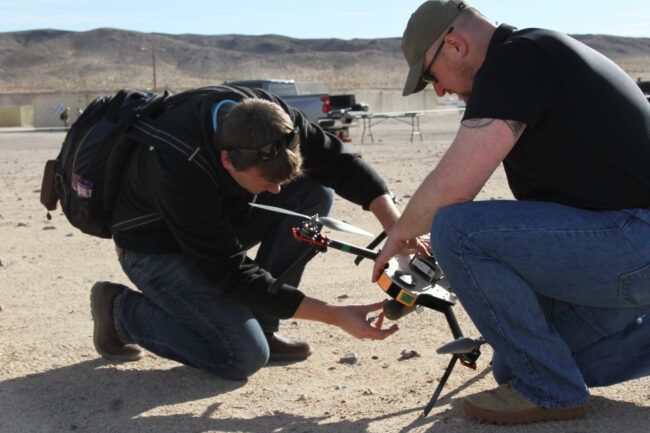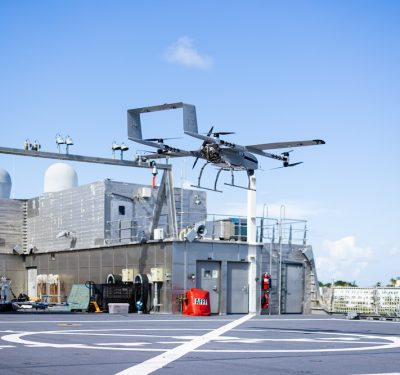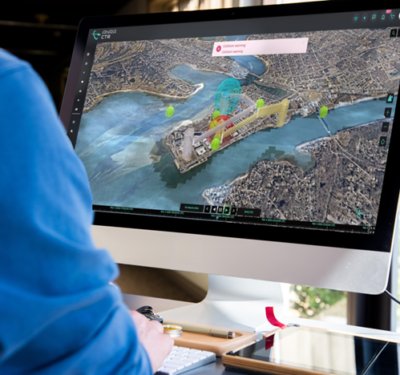
“During the past decade, we have seen extraordinary advancement in technology and equipment, to include drones, AI, automation, driverless cars, etc.” So reported Jose Gonzalez, a systems architect analyst associate with Project Convergence, one of the autonomous-focused programs noted in the Army Futures Command 2022 Year in Review.
The command’s brief is to develop “innovative Army transformation solutions” to equip the Joint Force with “the dynamic Army systems, resources and warfighters it will need to achieve overmatch in future battlefields.” Its 34-page report ranges from specific systems such as next-generation combat vehicles through several development centers, PNT and Future Vertical Lift initiatives, and various combat/defense and soldier-focused enterprises.
Several of the programs cited featured autonomy, among them:
• The Counter Small Unmanned Aerial Systems study examined how to detect, identify and defeat “a new and real problem” represented by small unmanned drones on the battlefield. A study team “identified C-SUAS capabilities in Army operational units” and provided Army senior leaders investment options for their C-SUAS portfolio. Analyzing choices “allowed the study team to elicit combatant command subject matter experts (SME) feedback on desired C-SUAS characteristics.” The study’s insights won it an award for excellence in analysis and supported the Army’s larger goal of a “networked, scalable and tailorable suite of capabilities.”
• The Autonomous Multi-Domain Launcher fed into Project Convergence’s annual evaluation of up to 300 technologies. This gathering brings together forces from the U.S., the United Kingdom and Australia to collectively assess technology advancement.
• The Command’s Future Vertical Lift Cross-Functional Team (FVL CFT) advanced multiple explorations “that will focus and guide the Army’s ongoing transformation.” The Future Tactical UAS (FTUAS) program is field-testing systems within Army units in Europe and Africa, with a goal of selecting the service’s next-generation tactical drone. The Air Launched Effects (ALE) program initiated prototyping for systems integration to gain soldier feedback for the development process.
• In April, 2023, the Army is scheduled to award up to three contracts for design and follow-up prototyping of the Optionally Manned Fighting Vehicle (OMFV). Requirements and virtual prototypes for soldier feedback have been developed, and the project will use a Modular Open Systems Approach for future technology incorporation.
• Two years ahead of schedule, the Robotic Combat Vehicle (RCV) was included in a Soldier Operational Experiment at Fort Hood, Texas.
• In an adjoining space, the Assured Positioning, Navigation and Timing/Space (APNT/Space) Cross-Functional Team (CFT) concluded a 64-day summer stratospheric flight demonstration utilizing Airbus’s Zephyr 8 ultra-long-endurance solar-powered unmanned air system. Though the flight was unexpectedly terminated, it traveled more than 30,000 nautical miles and demonstrated ISR and data-downloading capabilities. The hope is that this program will resume sometime this year, with the continued goal of enriching the endurance, efficiency and station-keeping abilities of high-altitude UAS platforms.






